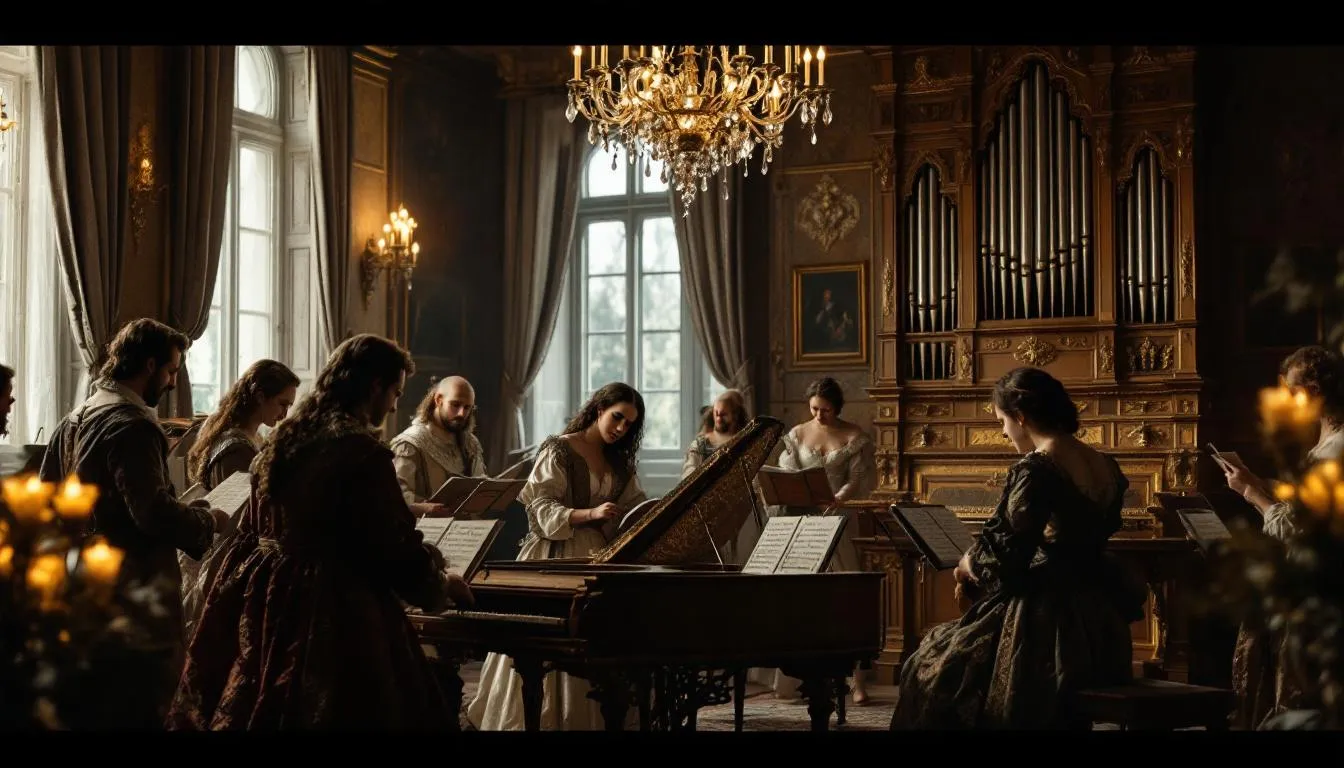
How Are Japanese Notation Systems Explained in Hebrew?
Quick Answer Japanese notation systems offer unique methods for representing music, deeply rooted in Japan’s rich cultural heritage. Translating these systems into Hebrew goes beyond mere word substitution; it involves a cultural exchange that honors the essence of both languages. Translating Japanese notation into Hebrew enriches the understanding and preservation of musical knowledge through a […]
Continue reading →







